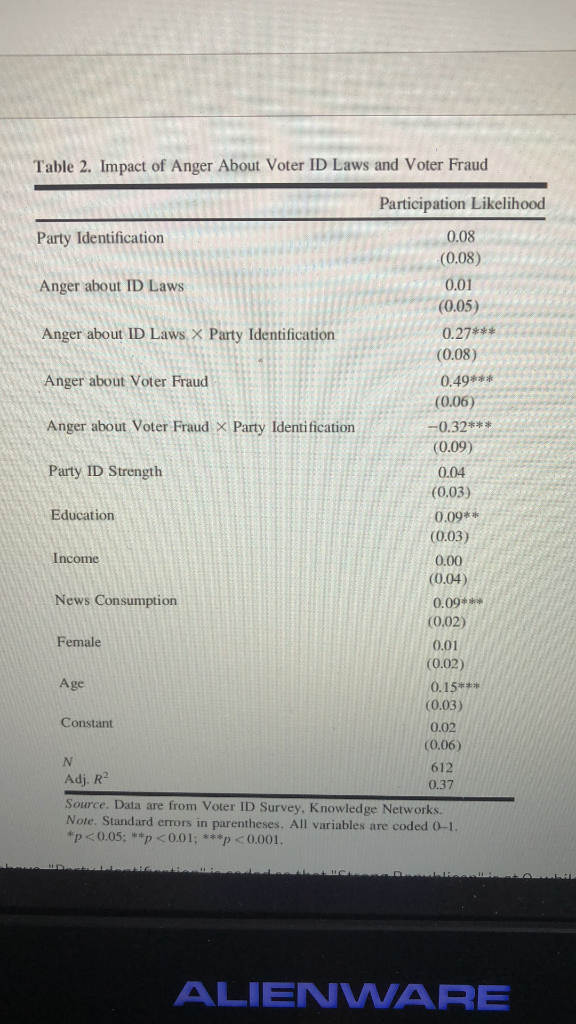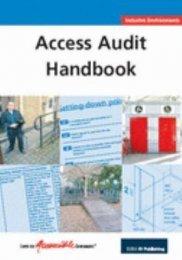Question
In the table above, Party Identification is coded so that Strong Republican is at 0, while Independent who does not lean towards either party is
In the table above, "Party Identification" is coded so that "Strong Republican" is at 0, while "Independent who does not lean towards either party" is at 0.5 and "Strong Democrat" is at 1; for the "anger" variables, "not at all angry" is at 0 while "extremely angry" is at 1. Among those who identify as Strong Democrats, what difference does the table predict in participation likelihood between someone who is "not at all angry" about either voter-identification laws or voter fraud and someone who is identical except for being "extremely angry" about both issues? (Keep your answer on the same 01 scale as the dependent variable, and round to the nearest hundredth.)
Step by Step Solution
There are 3 Steps involved in it
Step: 1

Get Instant Access to Expert-Tailored Solutions
See step-by-step solutions with expert insights and AI powered tools for academic success
Step: 2

Step: 3

Ace Your Homework with AI
Get the answers you need in no time with our AI-driven, step-by-step assistance
Get Started


